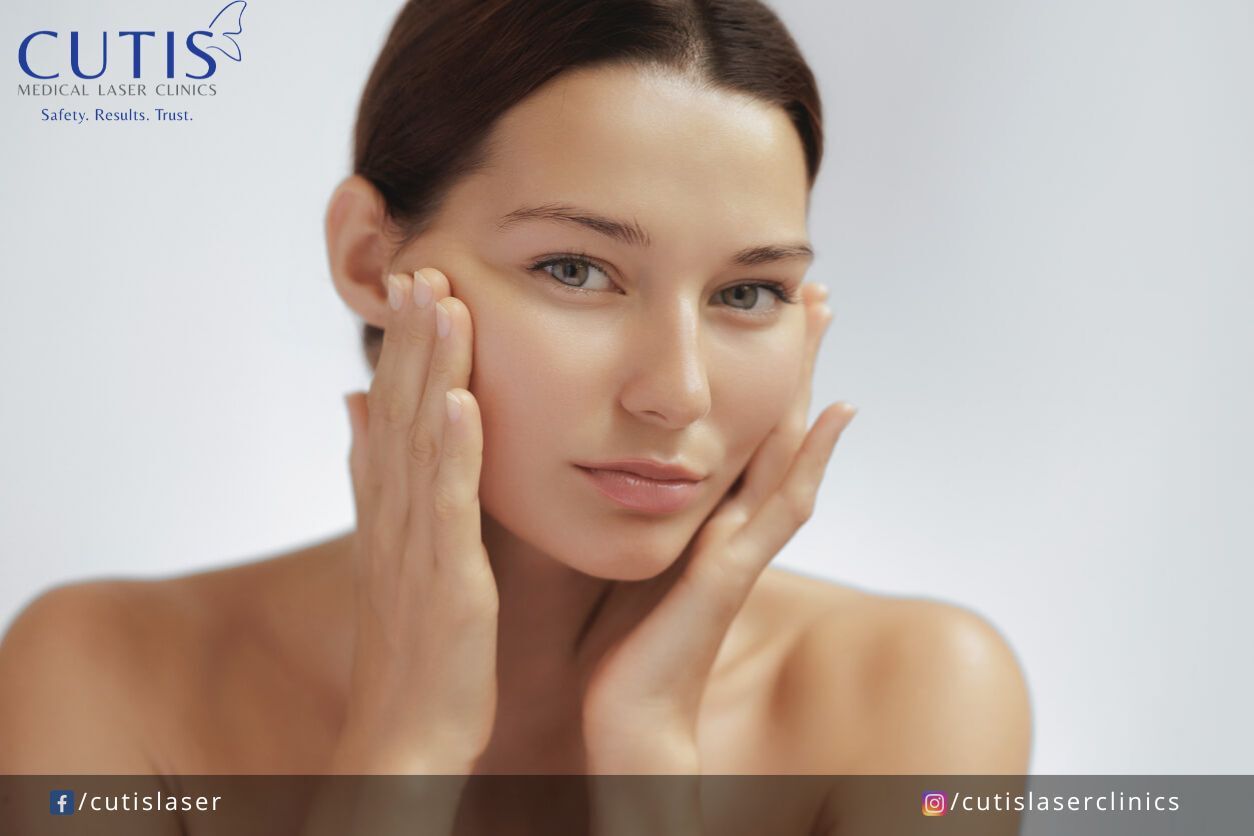3 Key Points:
- Effective and gentle – Pico Laser treats pigmentation, scars, and more with minimal to no downtime.
- Common myths debunked – It’s not painful, doesn’t thin skin, and results aren’t instant.
- Tailored treatment matters – Multiple sessions and a skilled provider ensure optimal results.

As Pico Laser has gained popularity as an effective treatment for pigmentation, scars, and tattoo removal, misconceptions about it have also grown. So, if you’re considering this procedure to address your skin imperfections, it only makes sense to separate fact from fiction.
Continue reading as we explain what Pico Laser is and how it works while debunking the most common myths surrounding this laser treatment.
What is Pico Laser and how does it work?
Pico Laser is a non-surgical laser treatment that delivers ultra-short pulses of energy to break down pigment into finer particles. It uses an Nd:YAG (neodymium-doped yttrium aluminum garnet) laser system and emits light pulses for four different wavelengths, making it effective for:
- Tattoo removal
- Pigmentation
- Scars
- Uneven skin tone and texture
The system delivers laser energy into the skin, using pressure waves instead of heat. The pigments absorb this energy, which then shatters pigments into microscopic particles. Then, the body’s immune system attacks these pigment particles and removes them through normal processes.
Pico Laser Singapore treatments also help promote new collagen production. They can help with skin rejuvenation or improving overall tone and texture. You can turn to them to improve:
- Epidermal lesions
- Freckles, melasma, café au lait
- Age spots (senile lentigo), sun spots (solar lentigo)
- Seborrheic keratosis
- Acne scars (box, ice pick, rolling, hypertrophic)
- Skin rejuvenation
Now, let’s debunk the most common myths surrounding Pico Laser
Myth 1: Pico Laser treatments are extremely painful.
Fact: It is common for some patients to experience mild discomfort, but most report a snapping sensation, similar to a rubber band being flicked against the skin. The good news is this is temporary and subsides right after the session.
Pain tolerance, of course, varies and certain areas are more sensitive than others. Numbing creams can be applied to the area before the treatment to reduce any discomfort.
Myth 2: Results are instant and permanent.
Fact: It is common to see initial improvements, but full results develop gradually as your skin continues to heal and produce more collagen. Skin regeneration takes time, about one to three months after completing the recommended number of treatments.
Multiple sessions, usually spaced a few weeks apart, are often needed to achieve optimal results. Additionally, maintenance treatments may be required to sustain those results over time.
It’s also important to understand that how quickly and effectively results appear can vary, depending on factors such as your skin type, the severity of your concerns, and how well your skin responds to the treatment.
Myth 3: One session is enough to fix skin imperfections.
Fact: Pico laser treatments are not a one-time fix for various skin imperfections. As previously mentioned, results depend on your specific skin concerns and their severity, as well as your individual skin type and healing process.
An aesthetic doctor will assess your individual needs and goals and recommend a series of treatments tailored to them. This helps ensure safer, more effective results without over-treating the skin.
Myth 4: Pico lasers thin the skin.
Fact: It’s quite the opposite actually. Our Pico Laser Singapore treatment helps stimulate collagen, which can strengthen and thicken skin. The ultra-short pulses of laser energy are designed to shatter pigments and stimulate proteins without damaging the skin’s surface.
While Pico Lasers are known for tackling pigmentation issues, their ability to stimulate collagen makes them effective for skin rejuvenation. They can also improve fine lines, wrinkles, and even acne scars.
Myth 5: Pico Lasers are only safe for certain skin tones.
Fact: Pico lasers can be safely used on a variety of skin types and tones, including darker skin tones. The use of rapid pulses minimizes the heat absorbed by the skin, which then reduces the risk of hyperpigmentation.
It is, of course, important to consult a qualified practitioner before undergoing any type of laser treatment. This is to assess your type and concerns, and determine if Pico Laser is right for you.
Myth 6: Pico Laser can replace surgical procedures.
Fact: One unique feature of Pico Laser is its HEXA MLA handpiece. This targets scar tissue in the deep dermis, helping to lift and smooth depressed scars with minimal pain or downtime. In some cases, it can even replace more aggressive treatments like subcision, making it a good alternative for certain types of acne scarring.
However, Pico Laser is not a one-size-fits-all solution. While it works well for concerns like pigmentation, acne scarring, and overall skin rejuvenation, surgical procedures may still be necessary for more severe or deep-rooted skin issues.
Myth 7: Pico Laser requires longer downtime.
Fact: Not at all. Unlike conventional lasers, which can have longer recovery periods, Pico Laser treatments have minimal to no downtime. The use of ultra-short pulse durations shatters pigments and helps stimulate collagen with less damage to surrounding skin and reduced risk of injury.
There may be some mild redness or swelling, but this is temporary and typically subsides within a few hours. Most patients can resume their normal activities immediately after the treatment.
Thinking about Pico Laser or related treatments?
As with any cosmetic treatment, the quality of your results can depend on the provider. A qualified practitioner will assess your skin and guide you toward the right treatment plan. Contact Cutis Medical Laser Clinics today to learn more or schedule a consultation with one of our aesthetic doctors in Singapore.
- If you would like to be an informed patient, please contact us at +65-6801-4000 or
hello@cutislaserclinics.com. - Cutis Medical Laser Clinics, 9 Scotts Road Pacific Plaza, Scotts Medical Center #08-07, Singapore – 228210
+65-6801-4000 - hello@cutislaserclinics.com